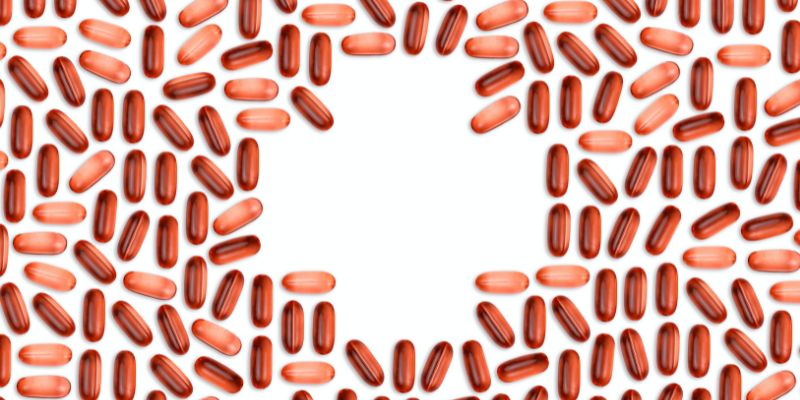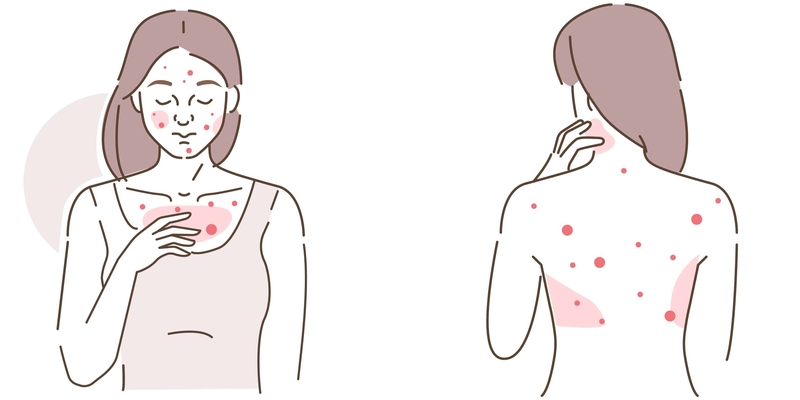Despite its importance, vitamin D deficiency remains a global concern. The good news is that there are various sources of vitamin D available to us, from sun exposure to dietary intake. In this article, we’ll delve into what constitutes good sources of vitamin D and how you can ensure you're getting enough of this crucial nutrient.
Why Is Vitamin D Important?

The significance of Vitamin D has to be established prior to discussing its sources. Moreover, it plays a crucial role in utilizing calcium in human intestines. Furthermore, apart from the aforementioned physiological advantages, vitamin D has the potential to enhance psychological welfare via its role in cellular growth regulation and immune system reinforcement.
Consequences of Vitamin D Deficiency
A deficiency in vitamin D poses serious health risks that extend beyond bone health. Adults who lack sufficient levels of this essential nutrient are at a higher risk for osteoporosis, a condition where bones become brittle and fragile. A weakened immune system is another significant concern, leaving the body more susceptible to infections and illnesses.
Moreover, previous studies have shown a positive association between inadequate levels of vitamin D and the onset of chronic ailments such as diabetes, cardiovascular disease, and cancer. In children, the stakes are equally high. A deficiency can lead to rickets, a severe condition characterized by soft bones and skeletal deformities, which can result in lifelong complications if not addressed promptly. Therefore, maintaining adequate levels of vitamin D is crucial for people of all ages.
Using Sunlight as Source of Vitamin D

Sun is an underrated and less known source of vitamin D. It is important to protect yourself from ultraviolet rays, but it is equally important to bask in sunlight for few minutes.
How Much Sun Exposure Do You Need?
The general guideline for obtaining vitamin D from sunlight recommends that individuals get between 10 to 30 minutes of sun exposure on areas like the face, arms, legs, or back at least twice a week without the use of sunscreen. However, there is consensus on required time.
Geographic location plays a crucial role; for instance, those living in northern latitudes may find it challenging to get sufficient sun exposure, especially during winter months. Skin type also affects how efficiently your body can produce vitamin D. According to some studies, those with darker skin tones may need a greater amount of sun exposure compared to those with lighter complexions in order to generate an equivalent level of vitamin D. Lastly, the time of day has an influence.
Limitations of Sun Exposure
While sunlight remains a potent source of vitamin D, it has its constraints. Cloudy days, prolonged winters, and sunscreen usage can all impede the body's ability to generate sufficient vitamin D from sun exposure. On the flip side, excessive sun exposure raises the risk of skin cancer. Achieving the right balance between obtaining vitamin D and safeguarding skin health is essential. Consider alternative sources during unfavorable conditions and practice sun safety to ensure your well-being.
Food Sources of Vitamin D
When sunlight isn’t an option, turning to food sources of vitamin D is a great alternative. There is a limited availability of natural food sources rich in vitamin D; nevertheless, several products have been fortified to enable individuals to meet their required daily intake.
1. Fatty Fish and Seafood
Salmon, mackerel, sardines, and tuna are excellent natural sources of vitamin D. A mere 3.5-ounce serving of salmon provides a substantial 570 IU (International Units) of this essential nutrient. This amount is in proximity to the recommended daily intake for adults, underlining the significance of including such fatty fish in your diet. Incorporating these options can help you meet your vitamin D requirements while relishing a delicious and nutritious meal.
2. Eggs and Dairy Products
Eggs are a valuable source of vitamin D, offering approximately 40 IU per large egg. Additionally, dairy products like milk and cheese are commonly enriched with vitamin D. A mere cup of fortified milk can supply up to 120 IU of this essential nutrient, making it easier to maintain adequate vitamin D levels through dietary choices.
3. Mushrooms and Plant-Based Alternatives
Some mushroom varieties, such as maitake and shiitake, contain modest levels of vitamin D. Additionally, plant-based milk substitutes like almond and soy milk are frequently enriched with vitamin D, rendering them excellent choices for vegetarians and vegans. These options provide a plant-based pathway to fulfill your vitamin D requirements, ensuring that individuals with dietary restrictions can maintain optimal vitamin D levels.
Supplements as Sources of Vitamin D
For those who have difficulty getting enough vitamin D from sunlight or food, supplements can be an effective alternative.
Types of Vitamin D Supplements
Currently, two primary categories of vitamin D supplements are available on the market: D2, sometimes known as ergocalciferol, and D3, scientifically referred to as cholecalciferol. Although both forms of vitamin D may elevate blood levels of the nutrient, D3 is often recognized as having greater potency and efficacy. When considering the use of vitamin D supplements, it is crucial to carefully choose the appropriate kind based on individual needs and in consultation with a healthcare professional or other qualified medical practitioner.
When to Consider Supplements
In cases when individuals are at an elevated risk of vitamin D insufficiency as a result of limited exposure to sunlight, dietary constraints, or underlying health issues, it is plausible for medical professionals to suggest the use of a vitamin D supplement. Your healthcare professional can offer tailored recommendations to address your unique situation and help you maintain adequate vitamin D levels for optimal health.
Final Thoughts
Getting enough vitamin D is essential for a range of bodily functions. From the sun to fatty fish and supplements, there are various sources of vitamin D available. While there exist several approaches to ensure enough vitamin D intake, talk to your doctor to choose the most suitable strategy for individual needs. By understanding these good sources of vitamin D and incorporating them into your lifestyle, you're taking a proactive step toward better health and well-being.







